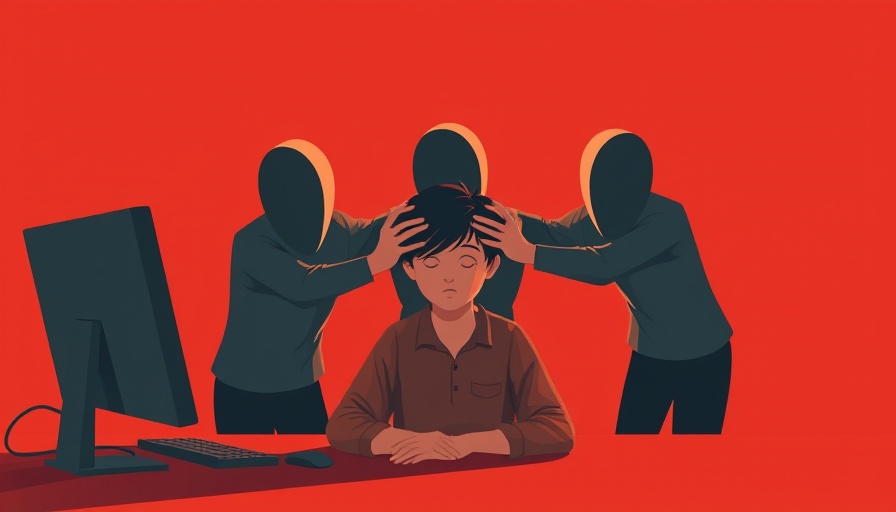
Understanding Cyberbullying: A New Tool for Parents to Measure Awareness
As the digital landscape continues to evolve, the phenomenon of cyberbullying has emerged as a serious issue affecting adolescents worldwide. According to recent research, the Cyberbullying Awareness Scale (CAS) has been developed to assess adolescents' understanding of this crucial issue. This insightful scale aims to equip parents with a better understanding of their children’s awareness levels regarding cyberbullying, making it an essential tool in fostering safer online environments for teens.
What is the Cyberbullying Awareness Scale?
The CAS is a specially crafted measurement tool that aims to evaluate adolescents' knowledge and responses to cyberbullying. Developed by a team of researchers, the scale examines three key components: Cyberbullying Tendency, coping strategies, and protection from cyberbullying. This three-factor structure validates that adolescents do not only experience cyberbullying but also possess varying levels of understanding and strategies to deal with it.
Validity and Reliability: What Does the Research Show?
The validity and reliability of the CAS were tested in two separate studies involving a total of 890 participants, aged between 12 and 18 years. The first study provided preliminary data using exploratory factor analysis, while the second confirmed the findings through confirmatory factor analysis. The results indicated that the CAS displays solid internal consistency—coefficients were found to be 0.80 for Cyberbullying Tendency, 0.76 for Coping with Cyberbullying, and 0.63 for Protection from Cyberbullying. This establishes the CAS as a reliable tool for gauging adolescents' awareness about cyberbullying.
Why Does Cyberbullying Awareness Matter?
Cyberbullying can have severe emotional and psychological consequences for adolescents, impacting their mental health, academic performance, and social interactions. The ability to measure awareness using the CAS empowers parents to understand their child’s engagement with the digital world. This is especially relevant as it allows parents to tailor conversations and interventions to better support their teens. Understanding the nuances of cyberbullying also arms parents with the tools necessary to educate their children on safe online practices.
Engaging Adolescents with Conversations
Creating a dialogue about cyberbullying is essential. By discussing the findings from tools like the CAS, parents can initiate meaningful conversations that not only highlight the dangers of cyberbullying but also foster a supportive environment for their children. Open discussions allow adolescents to express their feelings, share experiences, and develop coping strategies. It’s important for parents to approach this topic with empathy and understanding, recognizing that their teen may be hesitant to share their online experiences.
In Practical Terms: What Can Parents Do?
To effectively use the findings from the CAS, parents can:
- Educate: Discuss what cyberbullying is, its different forms, and how it affects individuals.
- Encourage open dialogue: Create a safe space where children feel comfortable discussing their online experiences.
- Monitor online activity: Keep an eye on their child's online behavior and social media use.
- Set clear expectations: Develop guidelines for safe internet usage together with their teens.
Ultimately, utilizing tools like the CAS provides parents with a framework to understand their child’s relationship with the digital world, making it easier to effectively address and prevent cyberbullying.
Conclusion: A Call to Action for Parents
As we navigate the complexities of the digital age, the safety and well-being of adolescents in cyberspace should be a top priority. By familiarizing themselves with tools like the Cyberbullying Awareness Scale, parents can take proactive steps to ensure their children are armed with knowledge and strategies needed to combat cyberbullying. Take action today: initiate conversations about cyberbullying with your child and help foster a safer online environment. Awareness is the first step towards prevention, and the CAS is a crucial element in that journey.
 Add Row
Add Row  Add
Add 




Write A Comment